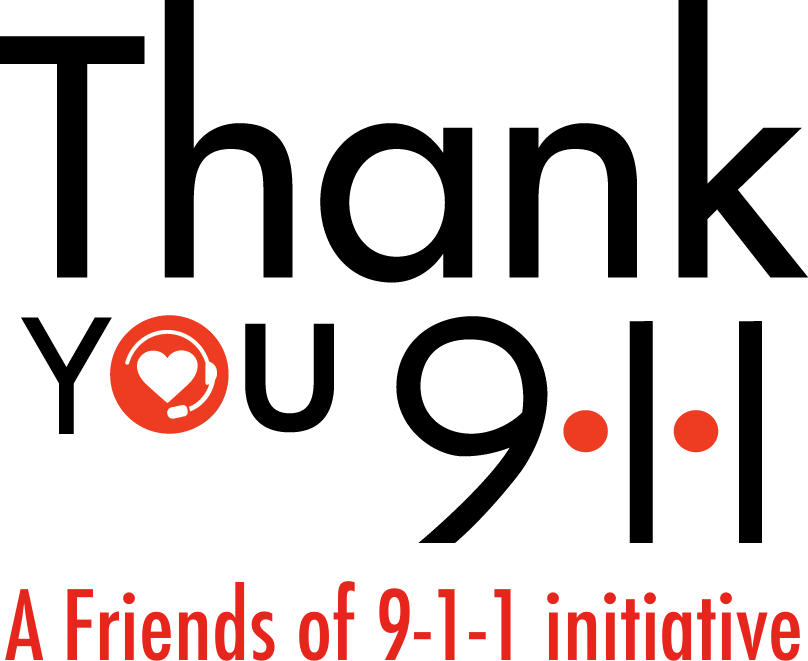THE DAMAGE DONE by Hurricane Harvey is, as the National Weather Service, tweeted ominously over the weekend, “unknown & beyond anything experienced.” Rain continues to fall over the water-soaked region of Southeast Texas where the category 4 hurricane made landfall Friday night. It’s a living nightmare already drawing comparisons to Hurricane Katrina.
One comparison offers a glimmer of hope amid the devastation: Communications networks have held much better. While connectivity was almost completely lost in Rockport, Texas, which was hit hardest by the storm, the Federal Communications Commission says just 4 percent of the 7,804 cell sites in Harvey’s path were wiped out, affecting 148,565 people. By contrast, more than 1,000 cell sites were knocked out during Katrina, preventing millions of calls from going through, according to a post-Katrina FCC report.
Now, Texas’s 9-1-1 system has been overloaded with calls, but “those calls are going through,” says Adm. Jamie Barnett, former chief of public safety and homeland security at the FCC. “By and large we’re hearing that the cellular networks stood up. That means there’s been some learning.”
That may come as cold comfort to the families fleeing ruined homes in boats and on floating air mattresses, but it is crucial nonetheless. As central as connectivity has become to our everyday lives, in times of disaster it is a matter of life and death. That’s particularly true of cellular service, as disaster victims use smartphones to send SMS, Twitter, and Facebook notifications about their needs and their whereabouts.
“Communications ranks up there with having fuel in the police cars,” says Trey Forgety director of government affairs at the National Emergency Number Association, 9-1-1’s official professional organization.
